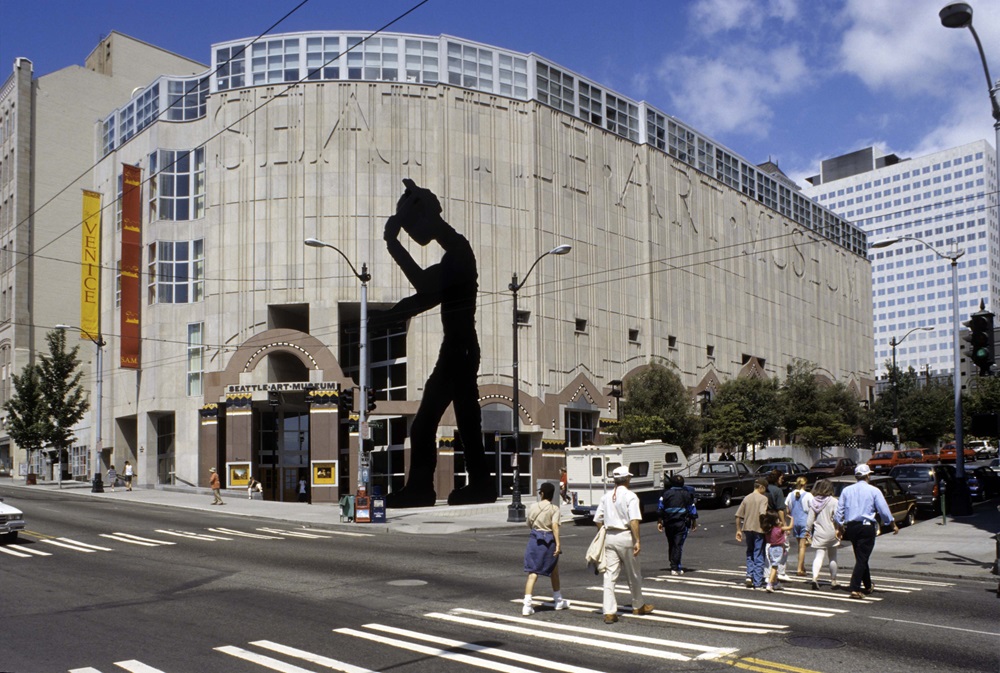Situated in the heart of Seattle’s downtown, the Seattle Art Museum (SAM) serves as a testament to the artistic and cultural diversity of the city. Thanks to its collection that spans continents and eras, SAM guides visitors across time and space, from antiquated treasures to modern masterpieces. Famous artwork is displayed at SAM, a thriving hub for intercultural dialogue and study because of its unique architecture and commitment to fostering creativity and conversation.
SAM takes great pride in its vast collection of artwork from Asia, Africa, Europe, and America, spanning antiquity to the present day. This diversity contributes to a better understanding and appreciation of global artistic traditions. It exhibits pieces by well-known local artists, focusing on Pacific Northwest art, and adds to the area’s cultural identity. Through outreach projects, programmes, and exhibitions, SAM is committed to teaching a broad spectrum of audiences and fostering art appreciation.
Adding to Seattle’s skyline and cultural landscape are architectural icons like the Seattle Asian Art Museum in Volunteer Park and its central downtown location. SAM promotes inclusivity and accessibility in the arts through various partnerships, festivals, and community involvement programmes. This public open-air park in Seattle’s waterfront neighbourhood has contemporary sculptures and provides visitors with a private urban green space.
Chihuly Garden And Glass

The Chihuly Garden and Glass Museum in Seattle, Washington, is dedicated to the works of glass artist Dale Chihuly. The museum features a sizable collection of Dale Chihuly’s intricate and colourful glass sculptures, which showcase his creative process and unique vision. It features eight indoor galleries showcasing a range of Chihuly’s glass artworks, from small, delicate pieces to large, sweeping installations. The outside garden, where lush greenery combines well with Chihuly’s sculptures to create art, is one of the highlights.
Chihuly Garden and Glass is now a well-known tourist attraction and architectural landmark at Seattle Centre next to the Space Needle. The museum offers educational events and guided tours illuminating Chihuly’s art creation methods, inspirations, and processes. The interaction of light, colour, and form in Chihuly’s glass sculptures creates an aesthetically stunning and engaging environment that offers visitors a singular sensory experience.
Museum Of Pop Culture
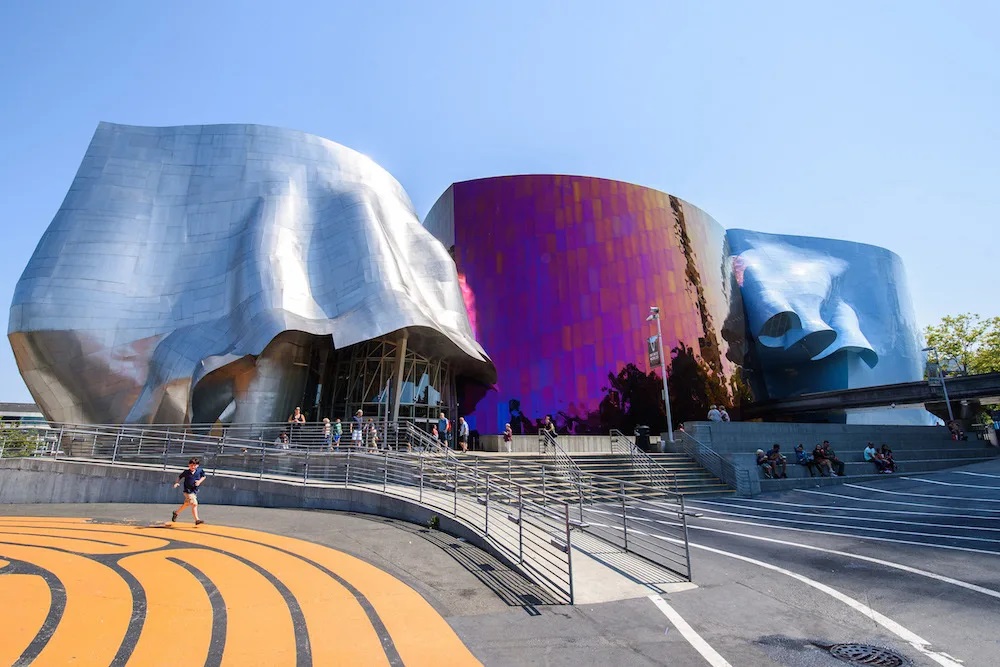
Seattle, Washington’s Museum of Pop Culture (MoPOP), formerly the Experience Music Project (EMP), is devoted to modern popular culture. Numerous exhibitions at MoPOP delve into different facets of popular culture, such as horror, video games, science fiction, fantasy, music, and more. The building, a unique architectural icon in Seattle created by architect Frank Gehry, is distinguished by its atypical shapes and vivid, colourful façade.
MoPOP, which began as a music-focused event, now honours the development of popular music genres, legendary performers, and their influence on culture and society. Pop culture education is made immersive and enjoyable for visitors of all ages by the museum’s interactive exhibits and hands-on activities. By showcasing artefacts, costumes, props, and memorabilia from well-known films, TV series, and video games, MoPOP highlights the icons’ cultural significance.
Olympic Sculpture Park

In Seattle, Washington, there is a nine-acre waterfront green space and outdoor sculpture park called Olympic Sculpture Park. Viewing art in a natural setting is enhanced by the Olympic Sculpture Park’s breathtaking vistas of Puget Sound and the Olympic Mountains, which are situated on Seattle’s waterfront. Under the Seattle Art Museum (SAM) management, the park showcases many modern sculptures created by internationally recognised artists. An outdoor gallery that combines the natural world with art is created by thoughtfully arranging these sculptures across the park.
The fact that it is accessible to the public and offers a place for rest, reflection, and cultural enrichment without an admission charge is one of its noteworthy features. The park was created with sustainability in mind and includes environmentally beneficial elements, including native plants, stormwater management systems, and habitat restoration initiatives, all supporting environmental stewardship in an urban setting. The park organises various community-building activities, including walks, talks, and programmes that foster appreciation for the natural world and modern art.
Frye Art Museum
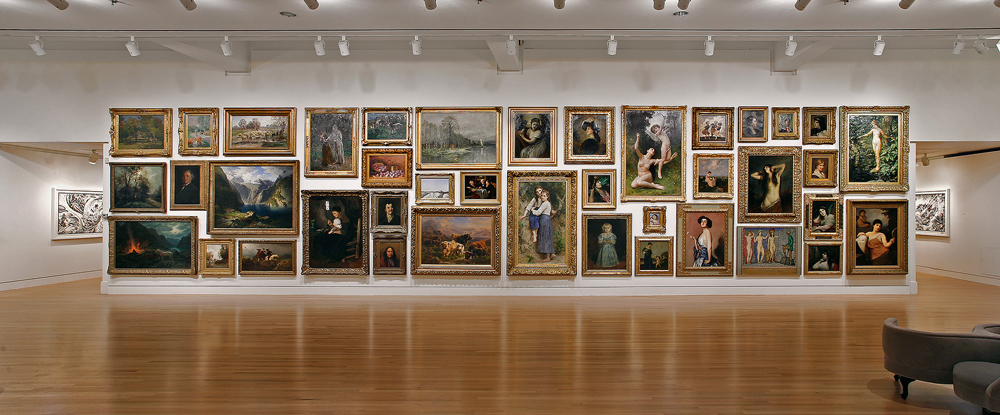
In Seattle, Washington, there is a free public art museum called the Frye Art Museum. Charles and Emma Frye gave Seattle a gift of the Frye Art Museum when it was first established in 1952. The Fryes family’s private collection of European paintings from the late 19th and early 20th centuries was the original reason for its establishment. The museum’s collection features pieces by well-known American painters and artists from the Munich Secession movement, including Franz von Stuck and Franz von Lenbach. The collection has grown to include pieces from many cultural backgrounds and contemporary art.
Henry Art Gallery
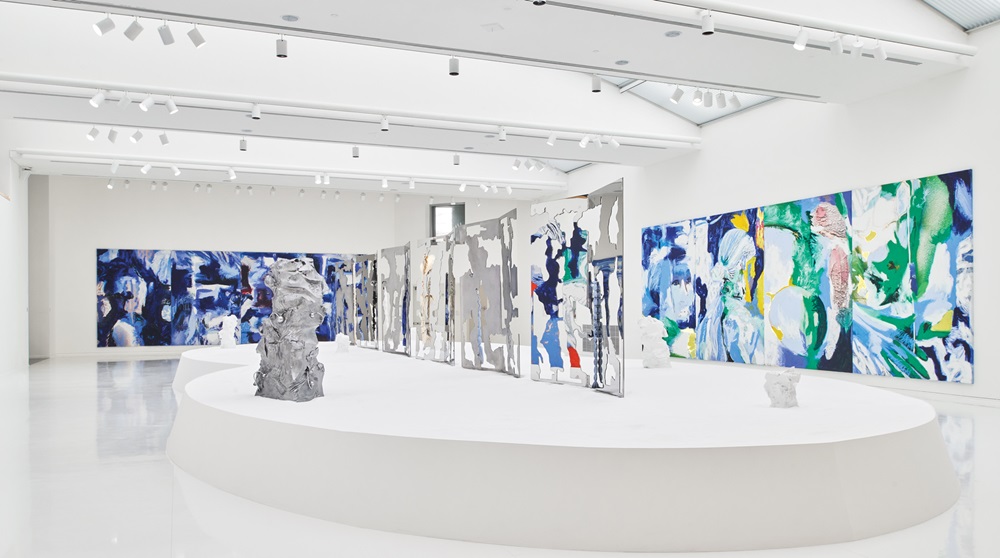
Situated in Seattle, Washington, on the University of Washington campus, the Henry Art Gallery is an art museum. The oldest public art museum in Washington State is the Henry Art Gallery, which opened its doors in 1927. A bequest from well-known industrialist and art collector Horace C. Henry founded it. The museum’s collection includes paintings, sculptures, photography, videos, and digital art, concentrating on modern and contemporary art. Both internationally renowned and Northwest artists’ works are included in the collection. Dynamic shows exploring modern themes, experimental art approaches, and ethnic variety are displayed at the Henry Art Gallery. It frequently features avant-garde and provocative installations that subvert conventional ideas of art and space.
Northwest African American Museum
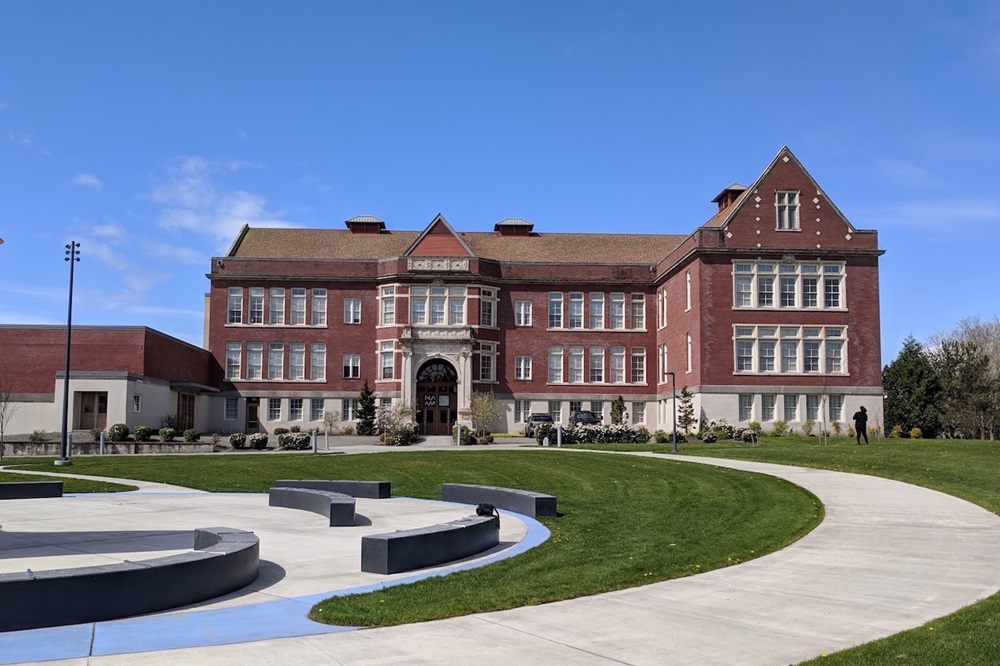
The history and culture of African Americans in the Pacific Northwest are preserved and presented at the Northwest African American Museum (NAAM) in Seattle, Washington. The goal of NAAM is to highlight the experiences and accomplishments of African Americans in the Pacific Northwest by exploring and sharing their history, art, and culture. African American history and culture, including art, music, and literature, as well as civil rights struggles and community accomplishments, are showcased in the museum’s exhibitions. NAAM provides educational programmes, talks, workshops, and community gatherings to foster conversation and understanding of African American history and current concerns.
The museum actively participates in the community through partnerships with local organisations and schools, outreach initiatives, and cultural events. The historic Colman School building, a prominent location in Seattle’s African American community, is home to NAAM. The building’s past enhances the museum’s architectural and cultural value. People from many backgrounds can learn about, consider, and celebrate African American history and culture in the Pacific Northwest at NAAM, a cultural centre and meeting place.
Wing Luke Asian Museum

The Wing Luke Museum, also called the Wing Luke Museum of the Asian Pacific American Experience, is in the Chinatown-International District of Seattle. Wing Luke, the first Asian American elected to public office in the Pacific Northwest, inspired the museum’s name when it was established in 1967. It aims to introduce visitors to Asian-Pacific Americans’ rich history, culture, and artistic expression through creative exhibitions and programmes. Exhibitions at the Wing Luke Museum address a variety of subjects, including immigration, social justice, community development, arts and culture, and civil rights, as well as the varied experiences and accomplishments of Asian Pacific Americans in the United States.
The museum creates and curates exhibitions with the help of locals, artists, historians, and activists, using a community-centered approach to programming. Using this strategy, the museum is guaranteed to represent the opinions and viewpoints of the communities it serves. It offers storytelling sessions, seminars, tours, and educational programmes that facilitate learning and discussion about the history of Asian-Pacific America and current challenges. The museum is located in the historic East Kong Yick Building, first utilised as a community facility and subsequently as a Chinese gambling club. The museum’s goal of conserving and understanding the Chinatown-International District’s cultural legacy is further enhanced by the history of the building.

